Portfolio
What is a Portfolio?
A portfolio is a collection of a freelancer's work samples that showcases their skills, expertise, and experience. It includes examples of completed projects, such as articles, blog posts, design work, case studies, and other relevant work. A portfolio is used to demonstrate the freelancer's capabilities to potential clients and employers, providing evidence of their abilities and style.
Why is a Portfolio Important?
A portfolio is important because it serves as a visual and tangible representation of a freelancer's work. It allows potential clients and employers to evaluate the freelancer's skills, quality of work, and suitability for their projects. A well-crafted portfolio can significantly enhance a freelancer's credibility and increase their chances of securing new projects and clients.
A portfolio also helps freelancers showcase their versatility and range. By including diverse samples, freelancers can demonstrate their ability to handle different types of projects and meet various client needs. Additionally, a portfolio provides a platform for freelancers to highlight their unique strengths, achievements, and creative approach.
Best Practices for Creating and Maintaining a Portfolio
1. Select Your Best Work
Choose your best and most relevant work samples to include in your portfolio. Focus on quality over quantity, and ensure that each sample reflects your skills and expertise. Highlight projects that are relevant to the type of work you want to attract.
2. Organize by Categories
Organize your portfolio by categories or project types to make it easy for viewers to find specific examples. Use clear headings and sections to separate different types of work, such as articles, blog posts, design work, and case studies. Organized categories enhance the usability of your portfolio.
3. Provide Context
Include brief descriptions or case studies for each work sample to provide context. Explain the project's goals, your role, the challenges you faced, and the results achieved. Providing context helps viewers understand the scope and impact of your work.
4. Highlight Achievements
Highlight any notable achievements, awards, or recognitions related to your work. This can include metrics such as increased traffic, engagement, or conversions resulting from your work. Highlighting achievements adds credibility and showcases your effectiveness.
5. Use High-Quality Visuals
Use high-quality visuals, such as images, screenshots, and videos, to enhance your portfolio. Visuals make your portfolio more engaging and help illustrate your work effectively. Ensure that visuals are clear, professional, and relevant to the projects.
6. Keep It Updated
Regularly update your portfolio with new work samples and remove outdated or less relevant examples. Keeping your portfolio current ensures that it reflects your latest skills and achievements. Regular updates also demonstrate your ongoing commitment to quality and improvement.
7. Make It Accessible
Ensure that your portfolio is easily accessible to potential clients and employers. Create an online portfolio or website that can be shared through a link. Use platforms like Behance, Dribbble, or your own website to showcase your work. An accessible portfolio increases visibility and opportunities.
8. Include Testimonials
Include testimonials or feedback from previous clients or employers to add credibility to your portfolio. Testimonials provide social proof and reinforce the quality of your work. Ensure that testimonials are specific and highlight your strengths.
9. Tailor for Specific Clients
Customize your portfolio for specific clients or job applications by selecting relevant work samples and highlighting projects that align with their needs. Tailoring your portfolio shows that you understand the client's requirements and increases your chances of being selected.
10. Promote Your Portfolio
Actively promote your portfolio through your website, social media, professional networks, and freelance platforms. Share your portfolio link in your email signature, business cards, and marketing materials. Promoting your portfolio increases its reach and attracts potential clients.
By following these best practices, you can create and maintain an effective portfolio that showcases your skills, attracts clients, and supports your freelance career growth.
For more terms, return to the content marketing glossary and freelance writing glossary.

